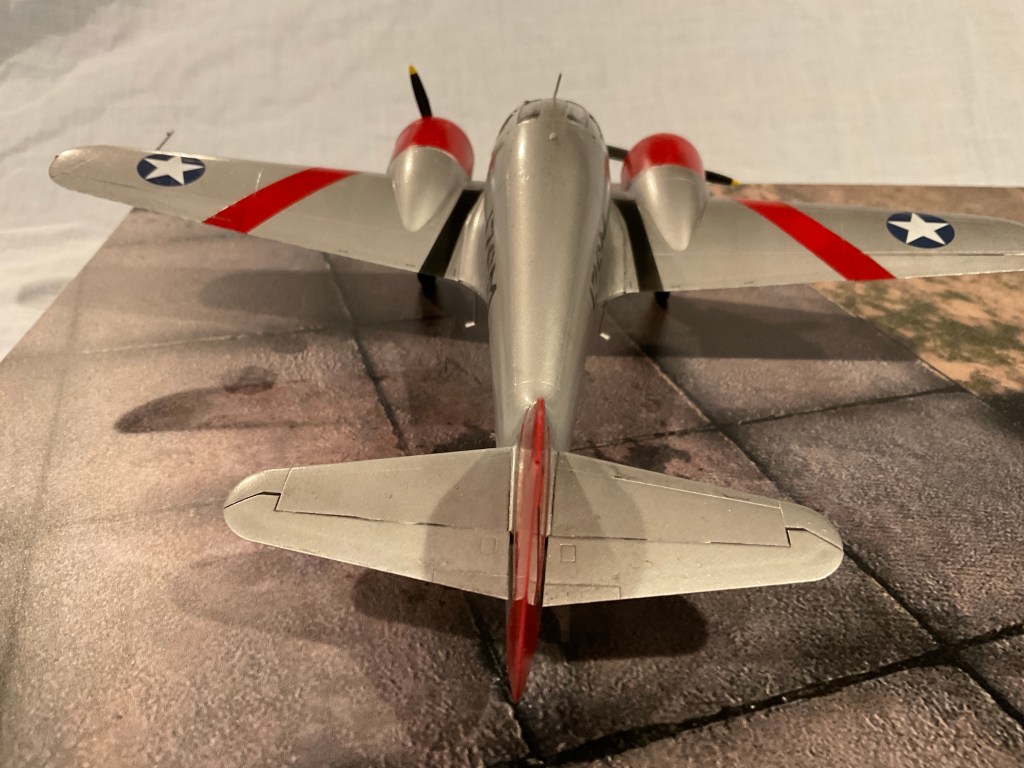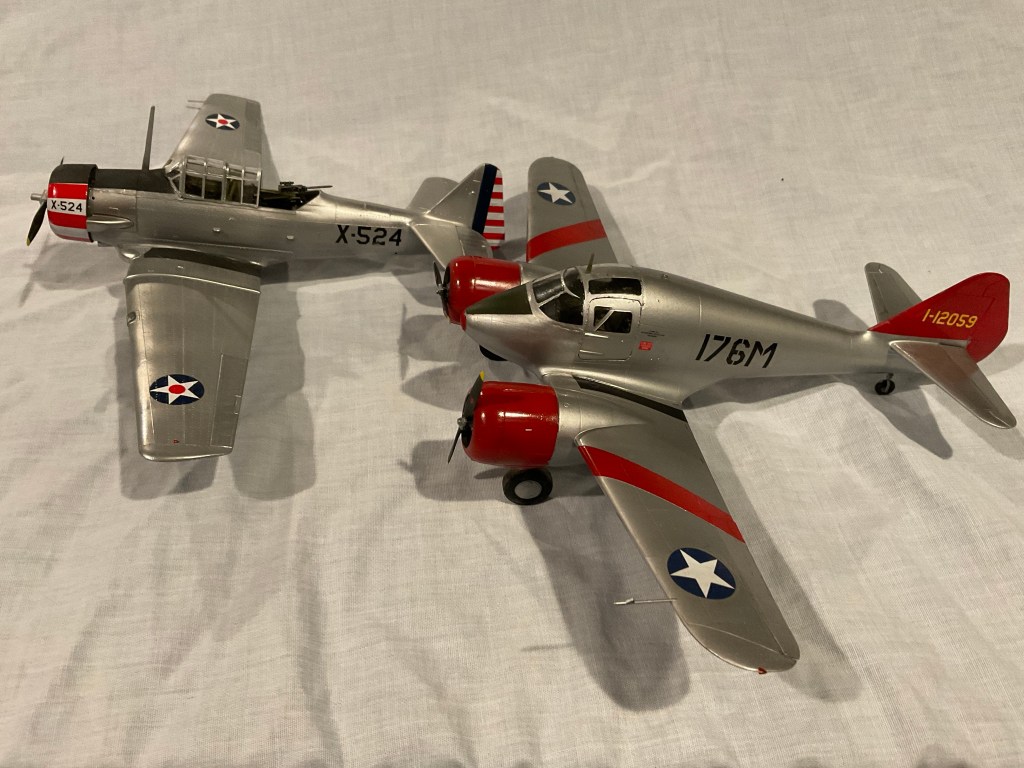No doubt a lesser known type.

Let’s look at a multi-engine advanced trainer.
In 1940, with much of the World at War, The US Army Air Force knew they needed a new generation of modern twin engine trainers to prepare new pilots for flying multi-engine bombers.

Several aircraft were ordered for this role. The Cessna Bobcat was already in production as a civil utility aircraft, so a trainer was ordered as the AT-8 ( a later upgrade became the AT-17). This would prove to be the most prolific and successful of the sort, seeing use with both Air Force and Navy as a trainer and a light cargo aircraft. But the Bobcat was comparatively large and docile.

Curtiss proposed an aircraft with about the same power (2 x Lycoming R-680 engines with just under 300 hp each), but a much smaller airframe. It was intentionally unstable, twitchy. This would give new pilots a machine with higher performance that required full attention; a better simulation of high performance combat types.

The prototype was fabric covered, but the AT-9 was ordered into production in a fully metal skinned version.

The Jeep served from 1941 through the War; but was phased out of production from 1943 after just less than 1000 had been built. The bigger twins from Cessna and Beechcraft could carry more equipment for training on more modern systems. When high performance training was needed actual combat types were often available. The little Jeep’s only role came to be introducing multi-engine trainee pilots to a highly demanding aircraft.
And the AT-9 really took twitchy too far; it was the only type not sold as surplus after the War. All surviving examples were ordered scrapped; today only two survive, one at the US Air Force Museum in Dayton, Ohio and one at the Pima Air and Space Museum in Pima, Arizona. Both were rebuilt from wrecks.

Its name would not have seemed as odd during the War as it does today. From the 1930s “Jeep” was sort of funny slang for any unknown machine, maybe like “thingamajig” from the 1970s. Obviously the light duty 4 x 4 truck came to “own” that name to the current day, but in the 1940s it was anything but obvious as to what a “Jeep” actually was. So it was a funny name, for a light aircraft whose main function was to be difficult to fly.

This particular aircraft was based at Lubbock Army Air Field (Lubbock, Texas) in 1942-1943.

This is the Dora Wings kit. It is the 4th modern limited run kit that I’ve built, and it’s obvious I still have a lot to learn! Eliminating seams and getting everything to sit (more or less) level was a challenge. I’m planning another of their kits fairly soon, at some point I’m bound to improve…

What a beautiful little aircraft!
It does look slick!
Pingback: Theme Build 6 – Complete | Plane Dave